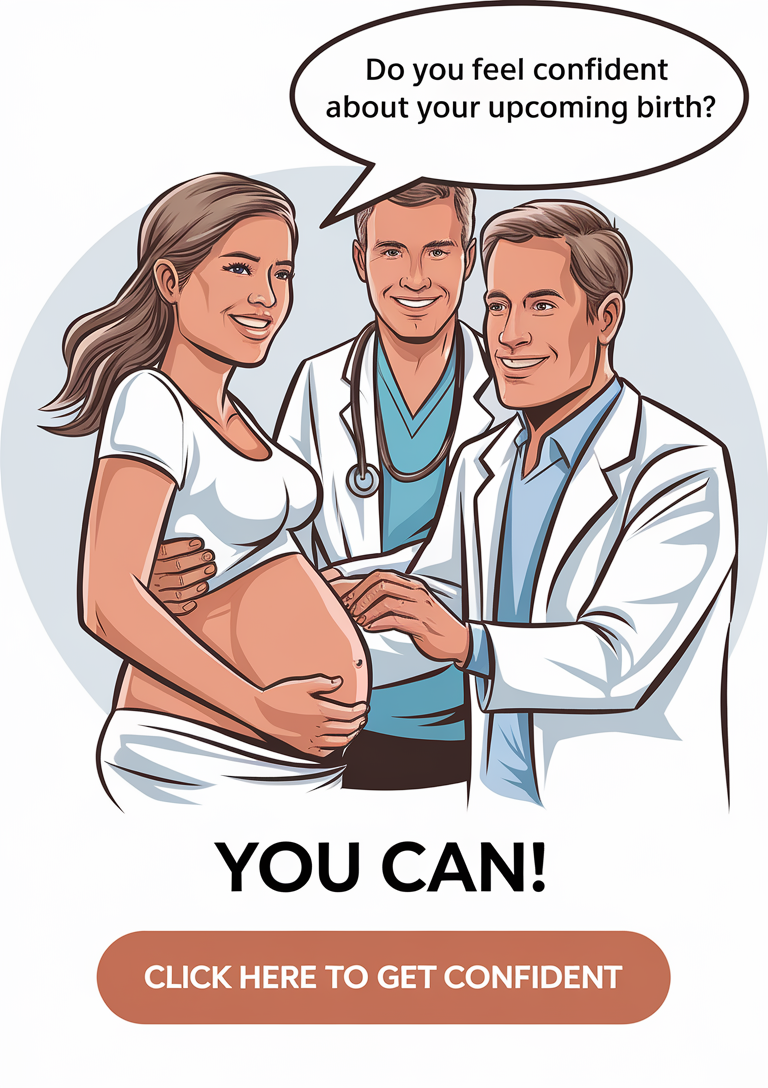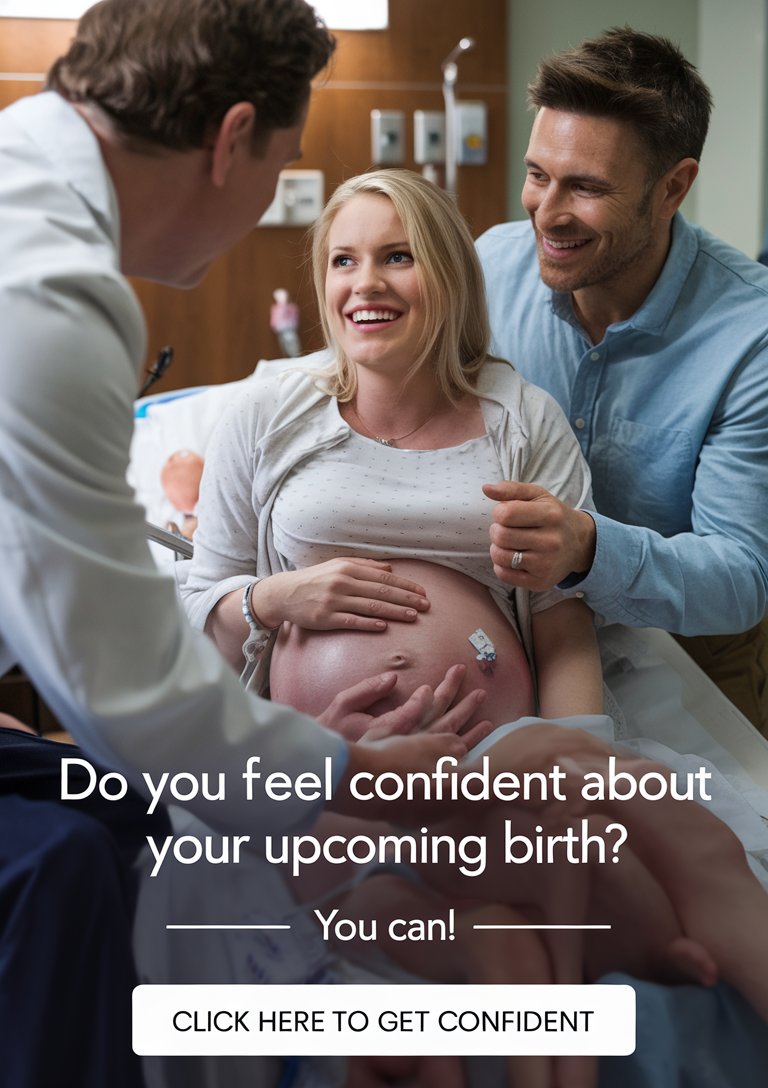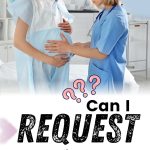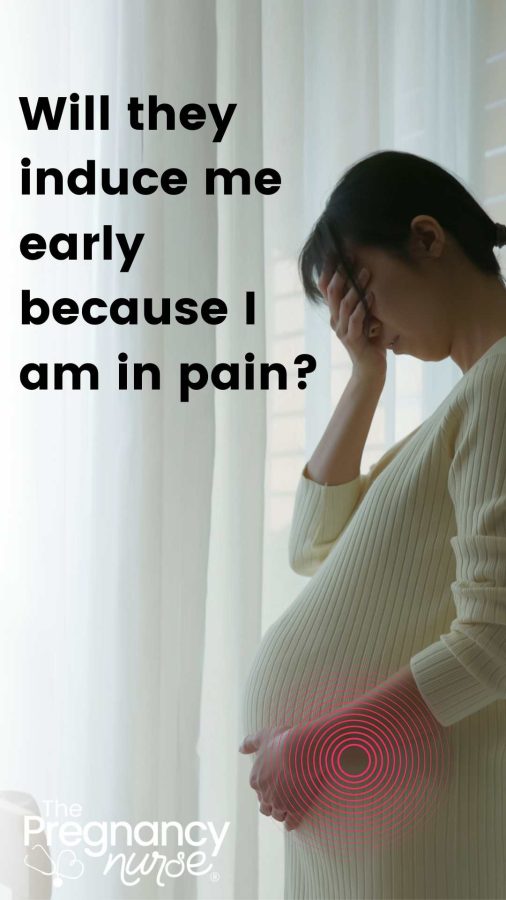👋 I’m so glad YOU are here. Are you looking to also get your partner prepared? This is for BOTH of you. Couples just love it and I know you want to both feel prepared!
You may be miserable, or your mom’s in town or for a variety of reasons you may want to be induced 3 weeks ahead of your due date. This article will talk about why they will schedule an induction of labor and if they will do it as early as 37 weeks.

Third trimester friends, don’t miss out on my 3rd trimester checklist — SO much good info!
Can I Request to Be Induced at 37 Weeks?
Most often no. If you have a reason to be induced (a medical reason) they may schedule you — but if you’re just making the choice, most likely the answer is no. That seems really mean and cruel when you have a really good reason, but it’s complicated, so let’s keep talking about it.
And I do have a post on the reasons they induce at 37 weeks, and if you can request to be induced at 37 weeks due to pain that might answer some other questions, so don’t miss those articles too!
Elective vs Medically Necessary Inductions
An elective induction is one in which the patient or the provider is choosing to induce the patient for no medical cause. This could be for being miserable, mom is in town, dad is in town, and more — but these aren’t a medical diagnosis.
A medically necessary induction is due to a medical diagnosis that shows it is better for baby to be outside than inside.
These are called Leapfrog codes in the hospital, and there are very specific ones that allow an induction at specific points in time.
Every hospital has their own policy as to when an elective induction is able to be scheduled, but none of them start prior to 39 weeks.
In 2010 the Leapfrog group was started to stop early inductions where possible as the medical establishment felt people were being induced too early and would have consequences for both mom (unnecessary cesareans) and baby (preterm births) You can read more about it here.
As someone who worked in labor and delivery prior to 2010 I will say that we were allowing doctors to schedule whatever they wanted — including non-elective 37 week inductions. They have just found that if you wait til’ 39 weeks there are better outcomes. Babies do better and there is less chance of a failed induction leading to a cesarean section.
Their study showed that 17% of deliveries were early elective inductions prior to using the codes, and now the rate is below 2%.
So, the real answer is that if there is a medical reason — yes, you can request to be induced. It is up to your provider to determine if it is a medical reason that can have a leapfrog code or not.
And no, being miserable isn’t a leapfrog code, unfortunately.
The hospital can be penalized for taking an early elective induction (aka, they won’t get paid), and the doctor can also be in trouble if they schedule it unnecessarily.

Why might I need to be induced?
Here are the reasons I am finding:
- Abruptio placenta
- Previous Fetal demise
- Post-term pregnancy
- Premature rupture of membranes
- Gestational hypertension (high blood pressure), preeclampsia, eclampsia, chronic hypertension
- Maternal medical conditions, e.g., diabetes, renal disease, chronic pulmonary disease, antiphospholipid syndrome, cholestasis
- Fetal compromise, e.g., severe Intrauterine Growth Restriction (IUGR), isoimmunization, oligohydramnios
I took that list from a list on non-payment guidelines. Those are the most common ones…. you can see more on page 36 of this guide if that helps.
Again, in each of these scenarios we have studies and data that show Mom’s health will be compromised too much by leaving baby inside, or baby will do better outside than in. Some of them also have an increased risk of stillbirth (like cholestasis) — so they would obviously recommend inducing those.
Are there any reasons why I might not be offered an induction?
At 37 weeks your provider will only offer an induction if it falls within the medical indications.
However, at 39 weeks ACOG (The American College of Gynecologists and Obstetricians) says that patients can be offered an elective induction. HOWEVER some hospitals just don’t have the room for elective inductions that early on. So, they may limit providers to not schedule them until 40+ weeks — depending on the unit’s needs.
In that case, you can ask your provider if there is somewhere else that can schedule you.
Note: Elective inductions take more staffing and time than a non-elective induction. So, if a unit is very busy and they barely have enough beds for people in regular labor, they may limit it with policies like this. It is in the best interest of the community’s healthcare.
Also, if you have contra-indications to an induction they may not offer one (examples would be a previous uterine surgery or a previa). Most often those patients are offered a cesarean section instead.
If a patient does not want a c-section in these instances, a provider will still not offer an induction due to those contraindications.

Do I have a say in the decision to have an induction?
Very much so — you have every right to have a say in saying no to an induction. However, you don’t always get a say in having an induction due to the hypocratic oath where doctors can do no harm. There are actually a lot of things that doctors can’t do — because of their governing organizations (and malpractice insurance).
Some people prefer not to be induced until 42 weeks (or longer) even if their provider encourages one at 41 weeks. That’s 100% your choice. I also have a whole post on why doctors push inductions.
However, it is up to your provider and the hospital if they are are able to start an induction of labour when you want one. Honestly, that’s still the case even if they schedule you for an induction. The hospital may be too busy or not have the staff and it just isn’t safe.
So, they may delay your labor induction (often called “bumped”).
When might an induction be offered due to health complications?
It depends on the complication, and the severity of the complication. For instance, if your diabetes is well-controlled they may not recommend to induce labor early at all, it just depends on their medical expertise.
Most often, by 40 weeks most facilities will allow an induction to be scheduled (but like I said above, if they’re busy you may not get in when they schedule you).
Induction FAQ’s
How is labour induced?
There are 3 methods:
- Prostaglandins that help soften the cervix if it is still not very favorable
- Cytotec (Misoprostol), Cervidil and Prostin Gel are the most common ones
- Pitocin gets a strong labor pattern after your cervix is ready (can also be used in low doses to try to make your cervix more ready for birth)
- Mechanical means like a foley bulb, sweeping membranes or breaking your bag of waters.
Be sure to talk with your provider about which method they foresee for you.
I believe all pregnant patients need a foundation of knowledge for inductions — which is why I recommend this.
Is induction painful?
Pain is really subjective, but if you ask in a group of women you’ll hear that an induction is much more painful.
As someone who’s had fully spontaneous labor, augmented labor (where they add pitocin to get labor going faster) and an induction of labor I really think they feel the same. Induced labor comes on quicker and is more boring because you’re stuck in a hospital.
In the Arrive trial where they compared 39 week elective inductions with spontaneous labor the women rated their pain the same between the two. We have a whole bonus video on that Arrive Trial in here.
So, take all of that for what it’s worth.
What if the induction doesn’t work?
One of the main reasons they stopped early inductions is that it lead to more unnecessary cesarean sections because the patient’s cervix wasn’t ready (see my post on unfavorable cervixes).
While an induction works a lot of the time, if your cervix is just NOT ready an induction can’t always MAKE it open — even with nice strong contractions. Your body wants to keep that baby inside.
In cases where the baby needs to come out we will then need to do a c-section.
In cases where baby could wait a bit, you may get sent home and either wait for spontaneous labor, or come back another day.
Why Not to Get Induced at 37 Weeks?
Studies show that most babies do better if we delay labor until 39 weeks of pregnancy. So, we wait for labor on it’s own.
Your doctor may recommend inducing labor at 39 weeks — so talk with them about what their plan is for you. The good news is that pregnancy lasts only about 40-42 weeks, so it won’t be forever (even if it feels like it).
I know you might be miserable, but I have a lot of tips on what to do on my post about if you can be induced because of pain.
Talk with your provider to see if they have any recommendations on what you can do. I know you may feel like it is mean and unfair that you have to stay pregnant (and I agree, it is unfair) — but as a medical organization they have decided that is what is best for unborn babies.
One of the BEST ways to use those last few weeks of pregnancy is to take a prenatal class.
The Online Prenatal Class for Couples is created to get both of you prepared in just a few hours. I can’t wait to see you inside!

And, if you’re not quite sure you’re ready for that whole thing, check out my free prenatal class. It’s your first step toward getting in the driver’s seat of your birth.











 What is an “Unfavorable Cervix”? What does it mean for your labor?
What is an “Unfavorable Cervix”? What does it mean for your labor?
